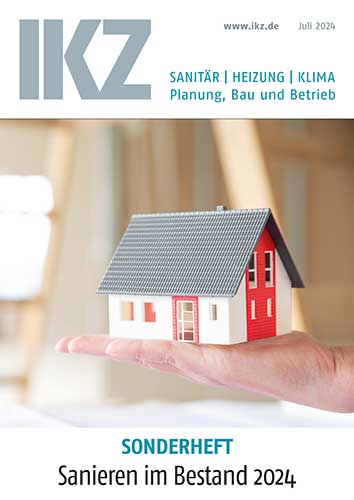ASHRAE Guideline on HVAC Equipment for Rail Passenger Vehicles Open for Comment
ATLANTA – The unique challenges required for HVAC design in rail passenger vehicles are being addressed in a proposed guideline from ASHRAE now open for public comment.
Guideline 23P, Guideline for the Design and Application of HVAC Equipment for Rail Passenger Vehicles, establishes recommended design and application guidelines to provide an acceptable level of performance and safety for HVAC equipment used on rail passenger vehicles.
The proposed guideline is open for public comment until June 30, 2014. To read the proposed standard or to submit comments, visit www.ashrae.org/publicreviews.
“Recognizing that the basic principles of HVAC design do not change significantly for different applications, we attempted to focus recommendations to address the items that are unique to rail vehicle HVAC design,” Ken Hesser, committee chair, said. “It is hoped that the recommendations made will result in a common base for new design efforts and foster constructive debate and ongoing research to validate or refine the information provided. Current inconsistent design approaches and widely varying requirements for similar applications have resulted in minimal standardization, excessive development efforts required for similar equipment and the resulting inefficiency and disproportionately high cost of equipment.”
Challenges unique to rail vehicles vs. buildings include:
Designing equipment to be significantly more mechanically robust to withstand the dynamic shock and vibration environment Maintaining comfort with rapidly changing passenger loads and quickly changing environmental conditions (tunnels, stations etc.) Maintaining reliable operation in dirty environments
Ability to continue operation when exposed to extreme transient thermal conditions in tunnels and when positioned adjacent to other heat generating equipment High tolerance for rapid supply voltage fluctuation and frequent power interruptions/restarts Tight packaging of high capacity equipment in limited spaces. Sizing capacity to accommodate rapid cool down/heat up when vehicles are parked without power for extended periods. The guideline applies to passenger carrying rail vehicles. These include three broad categories of rail vehicles or service: urban includes subways, street cars and light rail; commuter (sometimes referred to as regional or suburban) includes primarily electric multiple units (electrically powered from overhead catenary or third rail) and locomotive hauled trains that transport passengers from the suburbs to metro areas; and intercity trains that are typically the locomotive hauled long distance trains. Hesser noted there are hybrid variations of these three general categories such as metros that operate in both urban and commuter type service.
“We attempted to include a wide cross section of persons including equipment suppliers, vehicle builders, service operators and independent consultants so we hope that this inclusive process will lead to widespread use of the guideline throughout the North American passenger railcar industry,” he said.
ASHRAE, founded in 1894, is a global society advancing human well-being through sustainable technology for the built environment. The Society and its more than 50,000 members worldwide focus on building systems, energy efficiency, indoor air quality, refrigeration and sustainability. Through research, standards writing, publishing, certification and continuing education, ASHRAE shapes tomorrow’s built environment today. More information can be found at www.ashrae.org/news.



